Nordhausen – Mittelbau
In august 1943, british bombers (operation Hydra) destroyed the german rocket plant in Peenemünde where the germans developed and produced both V1 and V2 rockets. Rockets which in 1944 and 1945 were fired at targets in England. After its destruction the Germans recommended not to rebuild the plant because it would probably be bombed again. Therefore, the Germans decided to move the production, research and test firing to three different locations. The research was moved to Ebensee, Austria, the test firing to Blizna, Poland, and the production was moved to a large mountain area in the Harz Mountains a few kilometers outside Nordhausen, Germany.
In these mountains the German army (Wehrmacht) previously had large storage tunnels that would now be converted into factories for rocket production. The reason the Germans placed the production inside the mountains was that it provided a natural protection against air raids. In August 1943, the first slave workers from Buchenwald arrived in Nordhausen to complete the factory. At that Nordhausen was subordinated to Buchenwald. The number of prisoners constantly increased and these were forced to live inside the mountain. The conditions were disastrous, leading to a high mortality rate. The factory was completed in the spring of 1944 and consisted of two parallel tunnels of just under two kilometers each, to this was also built 23 connecting tunnels. At the same time, barracks for prisoners outside the mountain began to be built.
Production of V1 and V2 rockets were done by slave workers who were brought from all corners of Europe. In October 1944, Nordhausen became an independent concentration camp and was named Dora-Mittelbau with more than twenty subordinated satellite camps. In the autumn of 1944, a crematorium was built for cremation of dead prisoners. When the US Army moved forward the cam in the spring of 1945, the Nazis began evacuating the camp on April 1. Pprisoners were sent on Death marches to other camps further away from enemy armies. On of thse camp was Bergen-Belsen.
The camp was liberated by American troops on April 9, 1945. Out of the approximately 60,000 prisoners who ended up in Dora, about 20,000 died. The Americans knew what production had been carried out in the camp and their main task was to remove all technical equipment and other items used in the production of V-1 and V-2. Dora-Mittelbau was in the part of Germany assigned to the Soviet Union and that is why the US was keen not to leave anything that could be used by the Soviet Union. After the war, the camp was looted by locals who neede the materials that could be used to build up the city of Nordhausen again.
The abbreviation V1 and V2 respectively stand for the German Vergelstungswaffe. The idea was that they would spread fear among the English civilian population to force the british into peace talks with Germany. Nearly 30,000 V-1 rockets were manufactured and about 10,000 were fired at England, 2,419 hit London, killing more than 6,000 people and injuring just under 18,000. Of the latter V-2 rocket, about 3,000 rockets were fired and about 9,000 people were killed. The rockets were fired from launch ramps in France, Belgium and the Netherlands. The accuracy of both V-1 and V-2 was poor, but nevertheless they were the forerunner of today’s cruise missiles and space travel.
Current status: Partly preserved/demolished with museum (1999).
Address: Kohnsteinweg, 99734 Nordhausen.
Get there: Car.
Follow up in books: Kogon, Eugen: The Theory and Practice of Hell: The German Concentration Camps and the System Behind Them (2006).
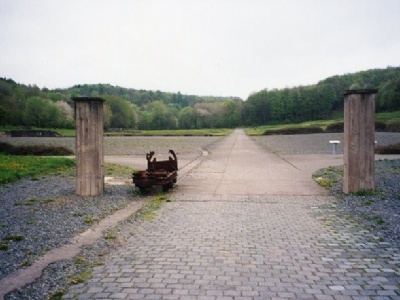

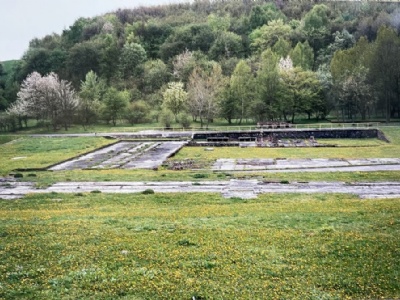
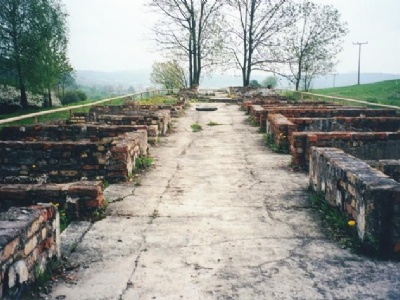
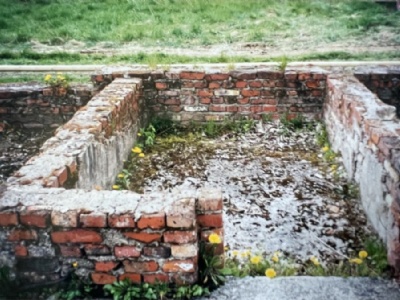
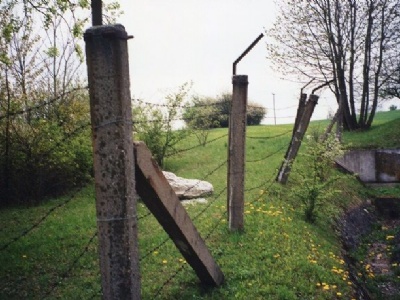

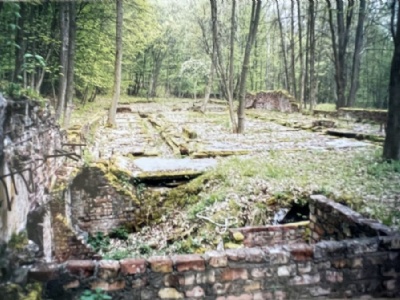
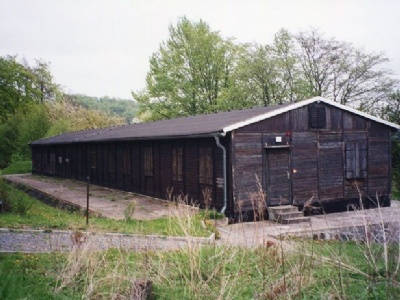
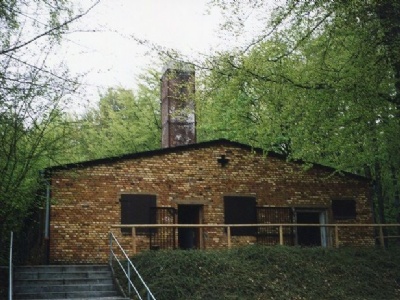


All people (groups) who were persecuted and murdered on racial or social grounds have been honoured to varying degrees with memorials. The exception is the prostitutes about whom it is still relatively quiet. Prostitution occurred in Nazi Germany and was a group that the Nazis imprisoned and put in concentration camps. Prostitution did not end in this context. Several concentration camps set up brothels and Nordhausen was no exception. Those who had access to the brothels were usually privileged prisoners and SS officers. Those who prostituted themselves had been selected by the SS and many of them had ended up in concentration camps because they were prostitutes. Others found themselves in the macabre situation of seeing prostitution as the best worse option and volunteered. Others were simply forced into prostitution or ended up there by just being in the wrong place at the wrong time.
Those who had access to the brothel were of course SS officers, others who had access to the brothel were privileged prisoners, such as Kapos and prisoners who in one way or another distinguished themselves. These prisoners were given special vouchers by the SS that gave them access to the brothel. Of course, the SS gave a semblance of maintaining the racial laws within the brothels and it was rarely that Jews had access to the brothel. But it happened of course that ”unauthorized” (including Jews) prisoners found ways to visit the brothel, for example through bribes. There were also Jewish women among the prostitutes. There was also homosexual prostitution, but this form is even more taboo than heterosexual prostitution. Considering the hygiene that prevailed in the concentration camps, the occurrence of venereal diseases was a common feature and unwanted pregnancies occurred despite contraception. When a prostitute became pregnant and discovered, she was forced to have an abortion. In cases where they managed to conceal their pregnancy and give birth and it was discovered, the baby was most likey murdered by the SS.
Former prisoners’ stories from the concentration camps are countless and not infrequently they are full of suffering, sorrow, tragedy, sacrifice and heroism. Stories that can both touch and create feelings and sympathies for the victims and disgust towards the perpetrators. That any male prisoner in all this would admit that he either used or in any other way had used the brothels is hardly likely. In such a case, the sympathy of the person in question will quickly turn into disgust and condemnation. For obvious reasons, things that could be harmful were suppressed or omitted, and on direct questions they had every reason to deny. For the women who were exploited, it was probably cause they had strong feelings of shame that they did not talked about it. Some might also call it repression.
Prostitution is seen, regardless of environment and circumstance, as something ugly and not talked about. Add to that that sex (regardless of circumstance) belongs to man’s perhaps most private sphere that you are unwilling to share outside the innermost family circle, and perhaps not even there. In such circumstances, it is difficult, not to say impossible, to conduct any kind of research and therefore there will probably always be shortcomings in the historization of prostitution in the concentration camps. But no matter what we think about prostitution, there was a group of people who were persecuted by the Nazis. However, since prostitution and sex trafficking are largely criminalised and morally reprehensible, it is unlikely that in the near future a monument will be unveiled with the following text. In memory of the prostitutes who between 1933 and 1945 were persecuted and murdered by the Nazis.